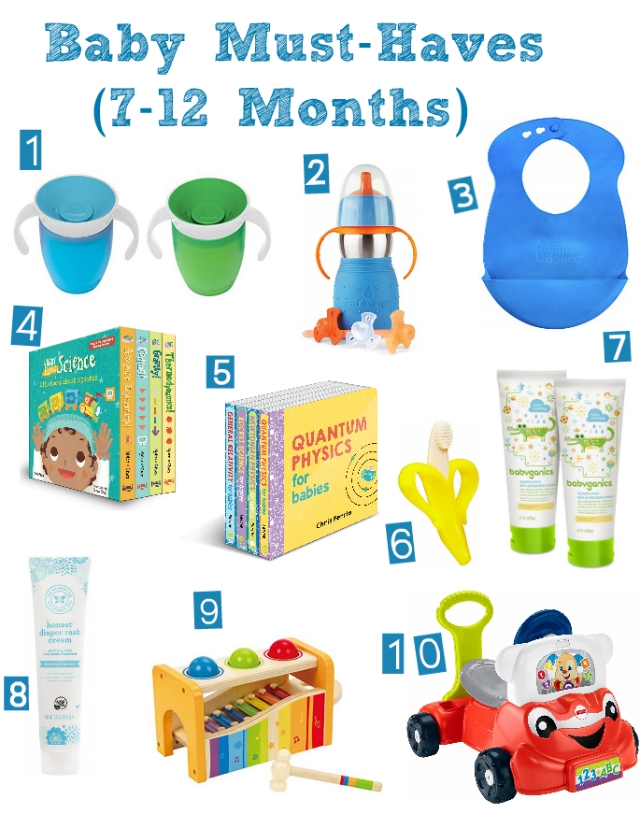As your baby goes through each stage, food gets thicker and chunkier. Until eventually, they’re eating cooked foods similar to you. So here’s what you need to know about baby food stages so you can choose the best diet for you and your family. There’s more than one right way to introduce your baby to solids. What to feed your baby and when can become an entire journey for new parents. There are many options from baby-led weaning to following baby food stages to a hybrid of the two.

- At this stage, try to introduce solid food once per day.
- According to Zion Market Research, the market size for baby food in the United States is estimated to be $53 billion in 2018 and growing to $76 billion by 2021.
- This allows time for any issues to surface and for you to seek medical help if needed.
- Some lemon is nice to add to fish recipes for babies, especially together with dill.
- Solids that fall under the Stage 1 category are thin and smooth in texture — not much thicker than breast milk or formula — and contain a single ingredient.
Read the labels.Multi-ingredient baby food blends may be a good option. Be aware that many have the same first or second ingredient, though. Different flavor blends, like kale/pear and spinach/pumpkin, for example, may actually both have sweet potatoes as their first ingredient. It’s important to read the ingredients label to be sure you are offering a true variety of foods. Serve a variety of foods.Give your child a well-balanced diet that includes a variety of fruits, vegetables , grains, and lean protein.
Food Quality & Safety Standards
If she’s not crying she’s probably not still hungry. If you aren’t giving her a bottle between lunch and dinner that’s baby products probably why she so readily takes the one offered near dinner. At 6 months old she should still be having breast milk or formula every 3 hours or so, except during the night if she is sleeping through. If your baby isn’t quite full on the stage one, you should definately switch to stage 2.
The Pandemic And Eating Disorders
This is also true when it comes to baby food pouches. The front may say spinach and kale, but when you turn it over you’ll find less expensive fillers such as fruit purees, or even fruit juices like apple juice concentrate. Sometimes in a “spinach” pouch the first 3 ingredients are fruits! That’s because, while there may be spinach, the manufacturer is not required to list the percentage of ingredients on the label.
New tastes can take time, too; it can take 10 or more tries before a child likes a food. But there’s no cause for alarm when kids occasionally eat from a pouch. Babies are born with the ability to drink, relying on a front-to-back movement of the tongue to suck milk or formula down.
Healthy breastfed babies don’t need water at all until it’s not too hot or they are introduced to solid food. If they eat formula, parents should give them a little water from time to time. Finally, when babies eat baby food, they must be provided with as much water as they want.
What Food To Feed When
(And even then, be prepared to clean up more than a few messes!) Also, never put cereal in baby’s bottle—it’s a choking hazard. Say no to plastic containers, even if they are food-grade. You can add pureed and stewed poultry, and fish to your baby’s diet.
A Note About Age Recommendations
Puree it in your blender or using an immersion blender. Freeze over night and then pop the cubes out and transfer them into zip-lock bags for easier storage. When it’s time for dinner, pull a cube or two from the freezer, thaw and warm. Rice cereal can be mixed in prior to freezing or after you’ve thawed the cubes. Karmel lists three signs that your baby may be ready to start solid foods.
Doing this early on can help prevent those pesky picky eating phases that tend to pop up amongst toddlers. We know there’s a lot of new info that comes with feeding your little, so we broke down what you need to know about baby food stages. Whether you choose to make your own baby food, buy jars or pouches, or use a baby food subscription service, there are a number of resources to help you feed your baby. You will also want to avoid foods that are hard, sharp, or a choking risk . For a more comprehensive guide to which foods to give and what to avoid, check out our article on infant nutrition and starting solids. Yumi offers a variety of foods in every stage for your baby’s expanding palate and eating skills.